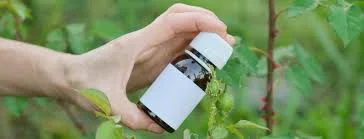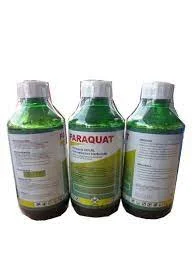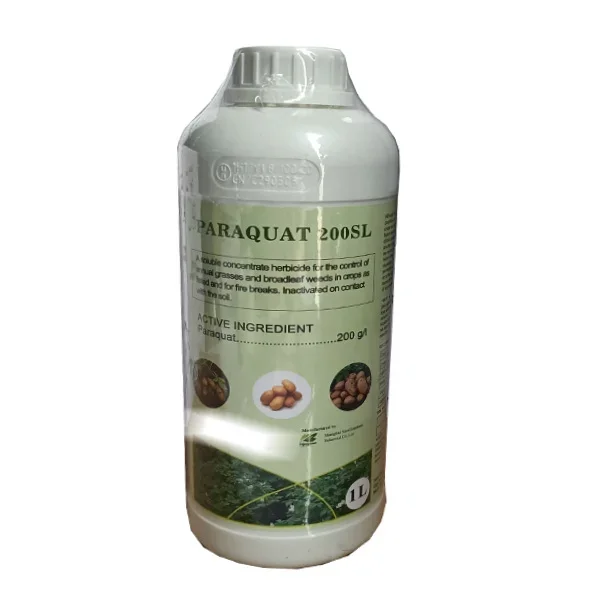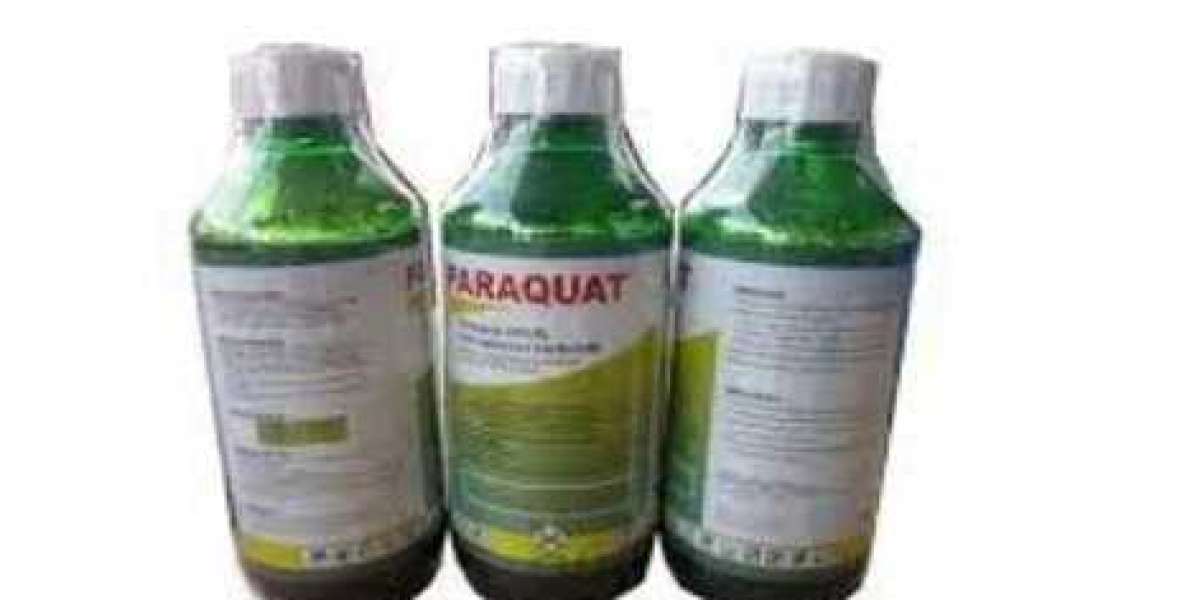Paraquat is a widely used herbicide known for its effective weed control in a variety of agricultural practices. However, due to its hazardous nature, extreme caution must be taken when handling this chemical. In this article, we will discuss important factors to consider when using the herbicide paraquat, including safety precautions and environmental concerns.
1. Understanding Paraquat
Paraquat, also known as Gramoxone, is a non-selective herbicide primarily used to control weeds before planting crops or post-harvest. It works by disrupting plant photosynthesis, leading to their eventual death. Paraquat is often used in agriculture, horticulture, and non-crop areas such as railways and industrial sites.

2. Safety Precautions
When handling paraquat, strict adherence to safety precautions is essential to prevent accidental exposure. Here are some key points to consider:
a) Protective Gear: Always wear appropriate personal protective equipment (PPE) such as gloves, goggles, face shields, and coveralls to shield the skin and eyes from direct contact with the chemical.
b) Respiratory Protection: Use a respirator with a specific filter that can effectively capture paraquat particles to avoid inhalation.
c) Proper Mixing and Application: Follow the instructions provided on the label carefully, ensuring the correct dilution ratio and application techniques. Avoid spraying during windy conditions to prevent drift.
d) Storage and Disposal: Store paraquat in a secure, well-ventilated area, away from food, water sources, and animal feed. Dispose of empty containers as per local regulations to minimize environmental impact.
3. Health Risks
Direct exposure to paraquat poses significant health risks. It is important to be aware of these risks:
a) Skin Contact: Contact with paraquat can lead to severe skin irritation or chemical burns. In case of contact, immediately rinse the affected area with water and seek medical attention.
b) Eye Exposure: Paraquat can cause irreversible eye damage or blindness. If paraquat comes in contact with the eyes, rinse them thoroughly with water and seek medical help immediately.
c) Inhalation: Inhalation of paraquat can cause respiratory distress, coughing, and breathing difficulties. If exposed, move to a well-ventilated area and seek medical assistance promptly.
d) Ingestion: Accidental ingestion of paraquat is extremely dangerous and can be fatal. In such cases, contact emergency services immediately and do not induce vomiting.

4. Environmental Concerns
Paraquat has the potential to persist in the environment, leading to potential hazards if not used responsibly. Here are some environmental considerations:
a) Water Contamination: Avoid applying paraquat near water bodies, as it can contaminate water sources and affect aquatic life. Follow local guidelines and buffer zone recommendations to prevent run-off.
b) Wildlife and Beneficial Insects: Paraquat can harm non-target organisms, including birds, bees, and other wildlife. To minimize impacts on beneficial insects and biodiversity, use an integrated pest management approach and consider alternative herbicides.
6. Training and Education
In addition to following safety precautions, it is critical to receive proper training and education on the proper use of paraquat. Farmers, agricultural workers and pesticide applicators should be trained on handling, storage, application techniques and emergency procedures.
a) Professional Guidance: Seek advice from an agronomist, agricultural extension service, or certified pesticide consultant to ensure proper use and minimize risk.
b) Label instructions: Read and understand the label instructions before using paraquat. The label provides important information about application rates, mixing instructions, personal protective equipment and first aid measures.
7. Emergency Preparedness
Despite taking all necessary precautions, accidents can still happen. Being prepared for emergency situations is vital:
a) First Aid: Ensure that a well-stocked first aid kit is readily available on-site. Familiarize yourself with paraquat-specific first aid procedures, which may include flushing affected areas with water,
providing oxygen, or administering antidotes based on medical professional guidance.
b) Emergency Contacts: Keep emergency contact numbers readily accessible to quickly seek assistance in case of accidental exposure or poisoning. This includes local emergency services, poison control centers, and medical professionals.
8. Regulatory Compliance
Paraquat is a regulated chemical in many countries due to its potential hazards. Familiarize yourself with local regulations, licensing requirements, and restrictions on usage. Adhering to these guidelines ensures legal compliance and contributes to responsible use.

9. Public Awareness
Raising public awareness about the potential risks associated with paraquat is essential. Engage in discussions with fellow farmers, community groups, and environmental organizations to share knowledge and promote responsible herbicide use. By educating others, we can collectively work towards minimizing the environmental and health impacts of herbicides like paraquat.
Conclusion
When using the herbicide paraquat, it is important to prioritize safety, environmental issues, etc. Knowing and following safety precautions, understanding health risks, considering environmental impacts, and seeking appropriate training and education are all components of responsible herbicide use. By taking a cautious approach and exploring sustainable weed management practices, we can ensure effective weed control while minimizing the risk of impact to ourselves and the environment.
AGROGREAT GROUP is one of the most professional pesticides manufacturers in China. And the products mainly include herbicides,fungicides, insecticides and plant growth regulator. and including the formulation type SL, EC, SC, FS, WP, WDG, CS, SP and so on.
Welcome to contact us or browse our website, and find what you need.
Email:lisa.chen@agrogreat.com








